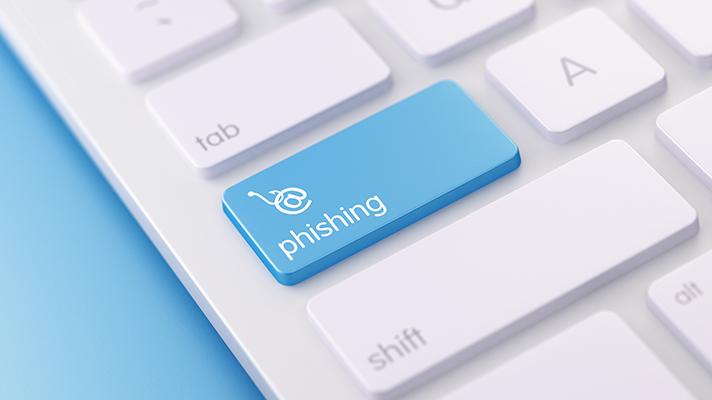Phishing As A Service: How Cyber-Criminals Scale Their Attacks
Extensive phishing campaigns targeting the data of large corporations is nothing new. In 2021, a phishing campaign was launched against customers of Microsoft in order to steal Microsoft 365 credentials. This attack used a phishing kit, with copies in code already in place for hackers to leverage. More recently, a new Phishing-as-a-Service (PaaS) platform has been uncovered, which provides criminals with a readily usable interface to carry out their attacks.
With phishing attacks becoming more sophisticated, it’s important to be vigilant to avoid falling victim.

First of all, what exactly is phishing?
Phishing is one of the most prevalent cyber-attacks. It is a type of social engineering in which the attacker sends a fake communication in order to dupe a person into disclosing sensitive information to the attacker or to install harmful software, such as ransomware, on the victim’s device. This is typically done through email and text messages (and also phone calls), as the attacker pretends to be from a legitimate source in order to bait you into disclosing personal data. They may also lead you to click on a link within their scam message, which allows harmful malware to download onto your device.
It is easy to find out someone’s location as long as they are using a device which is connected to the internet. Anyone can search “my IP address” into Google and see their IP address – this is also visible to the websites you visit, the apps you use and to your Internet Service Provider (ISP). As your IP address can be used to trace your location and online identity, this can lead to cybercriminals targeting you for phishing attacks.
In 2021, Phishing was the top infection vector, with the most trusted brands, Microsoft, Apple, and Google, being imitated in phishing kits. It is not only a threat to individuals, but many companies can also be victims of phishing attacks. With the traditional techniques of phishing being scaled to an unprecedented level, the threat of a phishing scam is more devastating than ever.
How does PaaS work?
Phishing as a Service (PaaS) is part of a growing trend and threat to cybersecurity, in which hackers are evolving into service providers. Instead of carrying out attacks on their own, they assist others in carrying out attacks in exchange for payment. This service-model provides cybercriminals with a lucrative income stream and it allows even novice hackers to carry out more sophisticated crimes.
PaaS providers market their services as phishing kits. They are mostly marketed on the dark web, however certain phishing kits are now available on the open web which anyone can access easily. A phishing kit contains everything needed to conduct a successful phishing assault. They include email templates for sending emails that look to be from genuine companies, as well as website templates to direct victims to. Some phishing kits even contain a
list of possible targets.
How do I recognize a phishing scam?
It can be difficult to recognize a phishing scam, as they are created to imitate trusted sources. However, there are a few tell-tale signs you can look out for.
When looking at an email, for example, it is important to note that a phishing email is one that is sent to the recipient with the intent of leading the recipient to execute a specified action. The attacker may utilize social engineering techniques to make their email appear legitimate, with a request to click on a link, open an attachment, or supply other sensitive information such as login details.
Socially engineered phishing emails are designed to be relevant to their intended audience. As a result, the recipient is more trusting of the communication and completes the action specified in the email, the consequences of which can be disastrous. An attacker can get unauthorized access to a business network if the recipient clicks on a link to a malware-infected website, opens an attachment with harmful software, or divulges their login credentials.
Here are a few tactics to look out for:
- Check the sender’s email – The attacker will register a false domain that looks like a legitimate organization. Always double-check the email address of a communication that instructs you to click a link or download an attachment.
- Be wary of spear phishing – This is an email that is intended for a specific person and the attack may already have information such as their full name, job title, and place of employment to make the scam look more convincing.
- Victim of fraud – A major tactic in phishing is to make it appear as though you are a victim of fraud. Messages purportedly from your bank warning you of questionable activities are frequently used to lead the receiver to click on a link that will help prevent further damage. However, this link will direct you to a site where the scammer can steal your banking details
The bottom line
Being aware of what a phishing attack looks like will help prevent the perpetrators from being successful. Businesses can secure their company network by administering VPNs and educating employees on cybersecurity. Individuals can be more aware of what a phishing attack looks like and what tactics hackers use in order to not fall victim.
ad


Comments are closed.